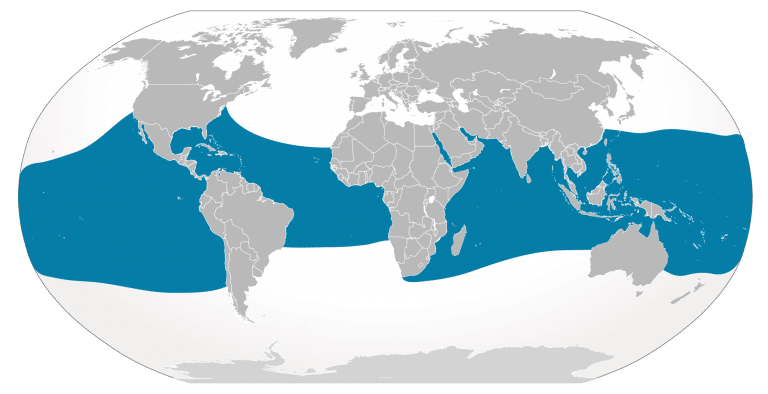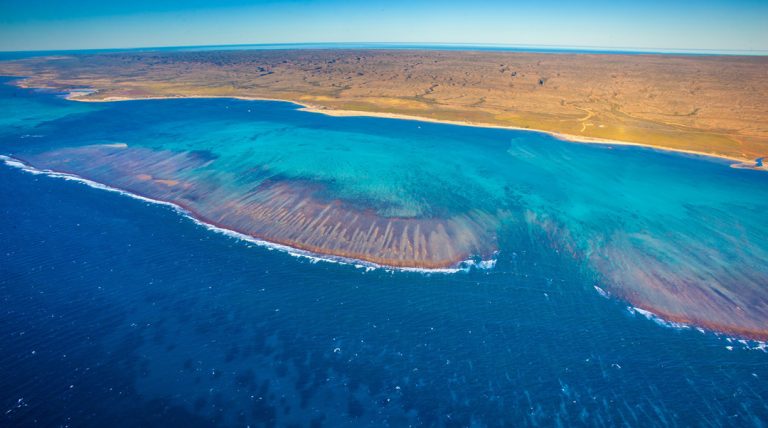Conservation
ECOCEAN has been very successful in contributing to the protection of whale sharks both internationally and nationally having prepared the Species Report for the IUCN Red List of Threatened Species, which upgraded the international conservation status for this species from ‘Indeterminate’ to ‘Vulnerable to Extinction’ in 2000 and to ‘Endangered’ in 2016.
That’s just two steps away from EXTINCTION in the wild!
Although now protected in some countries, the migratory nature of the threatened whale shark may result in their moving from a protected area to a hunting zone. Human induced habitat destruction is also a major threat to this filter feeder, which is dependent upon food pulses and critical habitats to survive. Humans interfering with the natural behaviour of the sharks (boating / tourism) can also cause disruption and drive this species from critical habitats. To date, location of breeding and birthing grounds remains undefined.

NINGALOO WHALE SHARK POPULATION
The Ningaloo Reef is the longest fringing reef in Australia. It stretches 260 kilometres along the west coast of the Cape Range Peninsula near Exmouth, Western Australia approximately 1200 km north of Perth. It is the only large reef in the world found so close to a continental land mass; about 100 metres offshore at its nearest point and less than seven kilometres at its furthest. The Ningaloo Reef is home to 500 species of colourful tropical fish and 250 species of coral. Six out of seven of the world’s marine turtles are found on the reef; dugong feed on seagrasses within the lagoons; and humpback whales migrate close to the coast.
The Ningaloo Reef is one of the best and most accessible places in the world to see whale sharks as they migrate to the reef every year after the mass coral spawning in March and April. A large ecotourism industry has been created around this migration and attracts more than 30,000 tourists a year. There is no doubt that the Ningaloo Reef is one of the most significant marine regions in the world. It was named a World Heritage site in 2011.
Since ECOCEAN has been studying the whale shark population off Ningaloo, more than 2100 different individual whale sharks have been identified from the region; a population that has been continuously monitored over the past 25 years with the great support of the general public. Every year, more than 50% of the whale shark sightings are of whale sharks that have been seen at Ningaloo previously and subsequently recorded in the Whale Shark Library (Wildbook).

